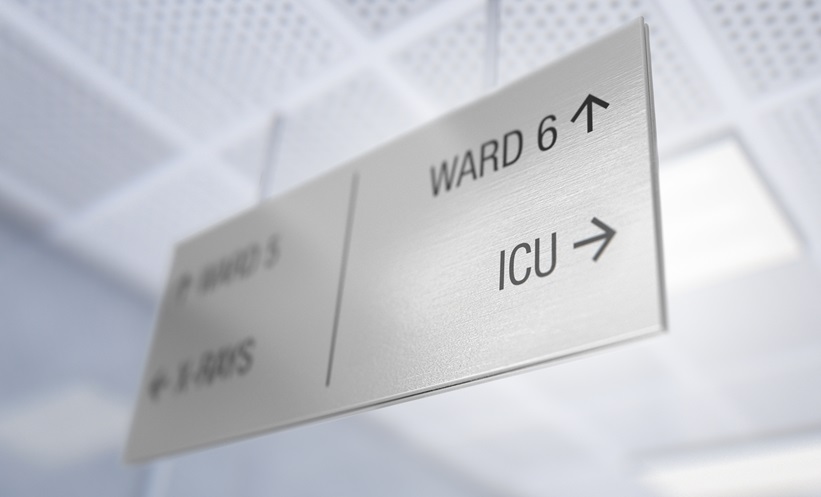THE PEERLESS trial demonstrated that large-bore mechanical thrombectomy (LBMT) was more effective than catheter-directed thrombolysis (CDT) in reducing clinical deterioration and intensive care unit (ICU) utilisation for patients with intermediate-risk pulmonary embolism (PE), without increasing mortality or bleeding complications.
Pulmonary embolism is a serious condition, particularly when intermediate risk is involved, as it requires timely intervention to prevent complications. Despite the use of catheter-based interventions, such as LBMT and CDT, for PE, there has been limited evidence from randomised controlled trials (RCTs) directly comparing the effectiveness of these approaches. The PEERLESS trial aimed to fill this gap by conducting a multicenter RCT involving 550 patients with intermediate-risk PE, characterised by right ventricular (RV) dilatation and additional clinical risk factors. Participants were randomly assigned to receive either LBMT or CDT, with the primary endpoint being a hierarchical win ratio (WR) composite of outcomes including all-cause mortality, intracranial haemorrhage, major bleeding, clinical deterioration or escalation to bailout, and ICU admission or extended length of stay.
The results of the PEERLESS trial indicated that LBMT led to significantly better outcomes than CDT across several measures. The primary endpoint was achieved less frequently in the LBMT group compared to CDT (WR 5.01, 95% CI: 3.68-6.97; P<0.001). Clinical deterioration and/or bailout events were also lower with LBMT (1.8% vs 5.4%; P=0.04), as was ICU utilisation, where fewer LBMT patients required admission (41.6% vs 98.6%; P<0.001) or stays beyond 24 hours (19.3% vs 64.5%; P<0.001). At the 24-hour mark, LBMT patients had improved respiratory rates, fewer instances of moderate to severe dyspnoea (13.5% vs 26.4%; P<0.001), better NYHA classifications (16.3% vs 27.4%; P=0.002), and reduced RV dysfunction (42.1% vs 57.9%; P=0.004). Total hospital stays and readmission rates were also lower for the LBMT group, with an average stay of 4.5 days versus 5.3 days for CDT (P=0.002) and fewer readmissions (3.2% vs 7.9%; P=0.03). Mortality rates and rates of intracranial haemorrhage or major bleeding were comparable between the two treatment arms.
In conclusion, LBMT demonstrated a favourable safety and efficacy profile compared to CDT in the PEERLESS trial, showing reduced ICU dependence and clinical deterioration without increasing the risk of mortality or major bleeding. These findings support the use of LBMT as a viable treatment option in intermediate-risk PE cases, suggesting a potential shift in clinical practice towards this method where appropriate. Future research could explore long-term patient outcomes and cost-effectiveness to further solidify LBMT’s role in treating PE.
Reference
Jaber WA et al. Large-bore mechanical thrombectomy versus catheter-directed thrombolysis in the management of intermediate-risk pulmonary embolism: primary results of the PEERLESS randomized controlled trial. Circulation. 2024;DOI: 10.1161/CIRCULATIONAHA.124.072364.








